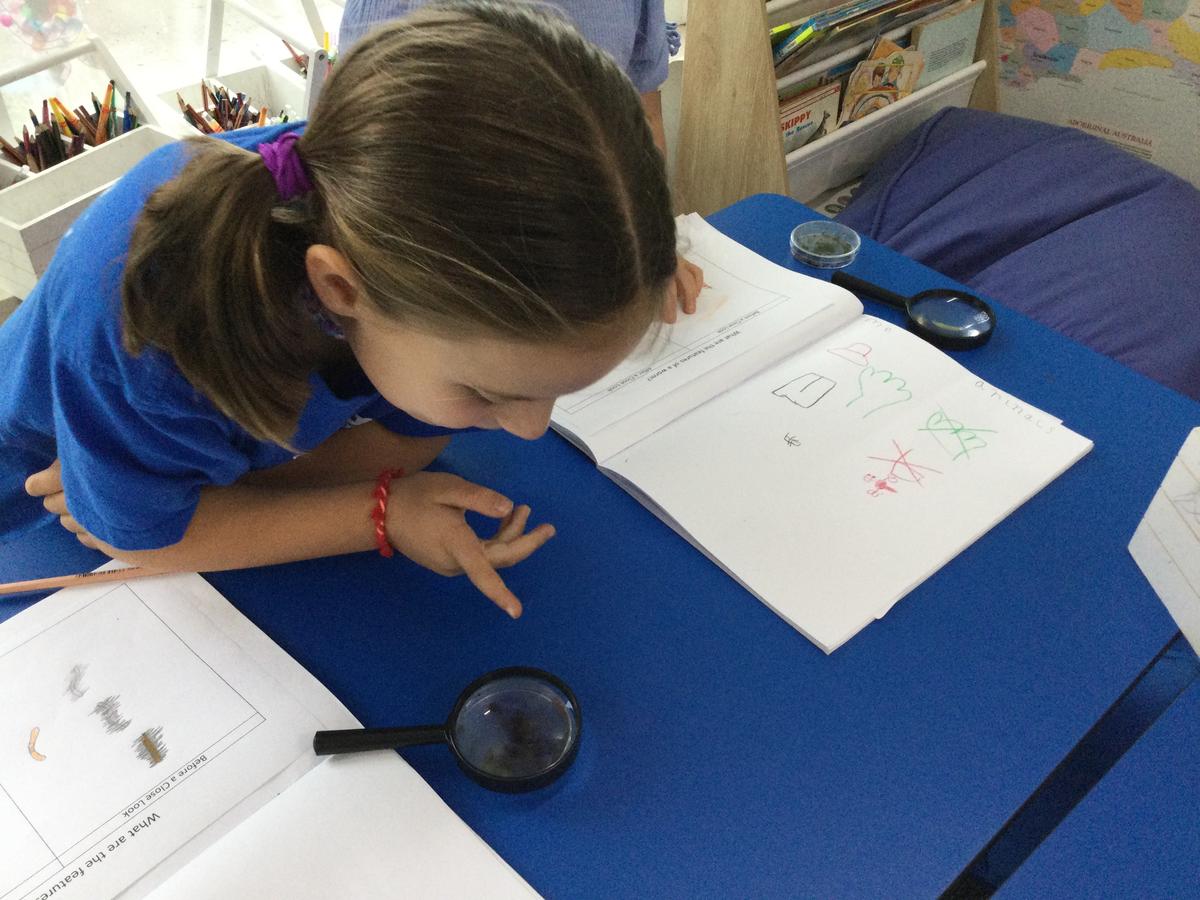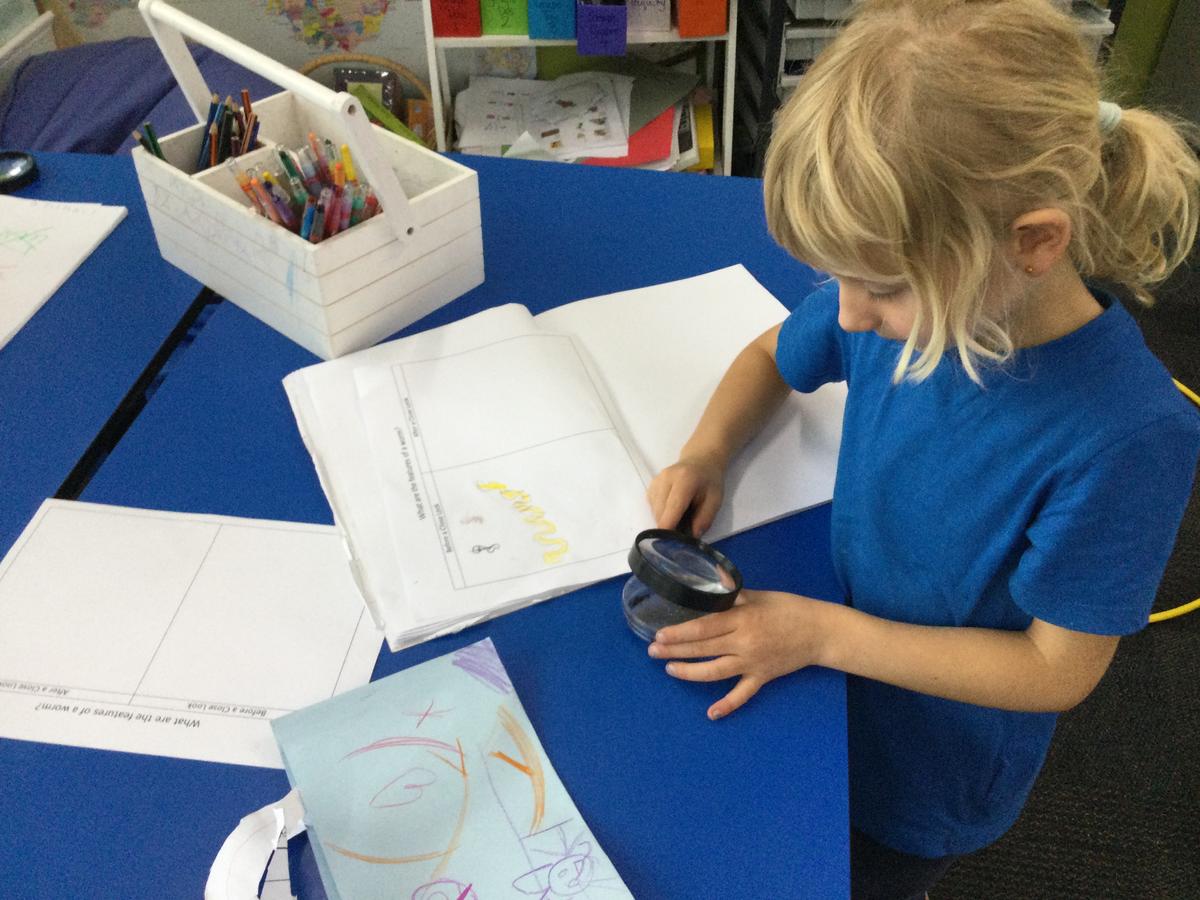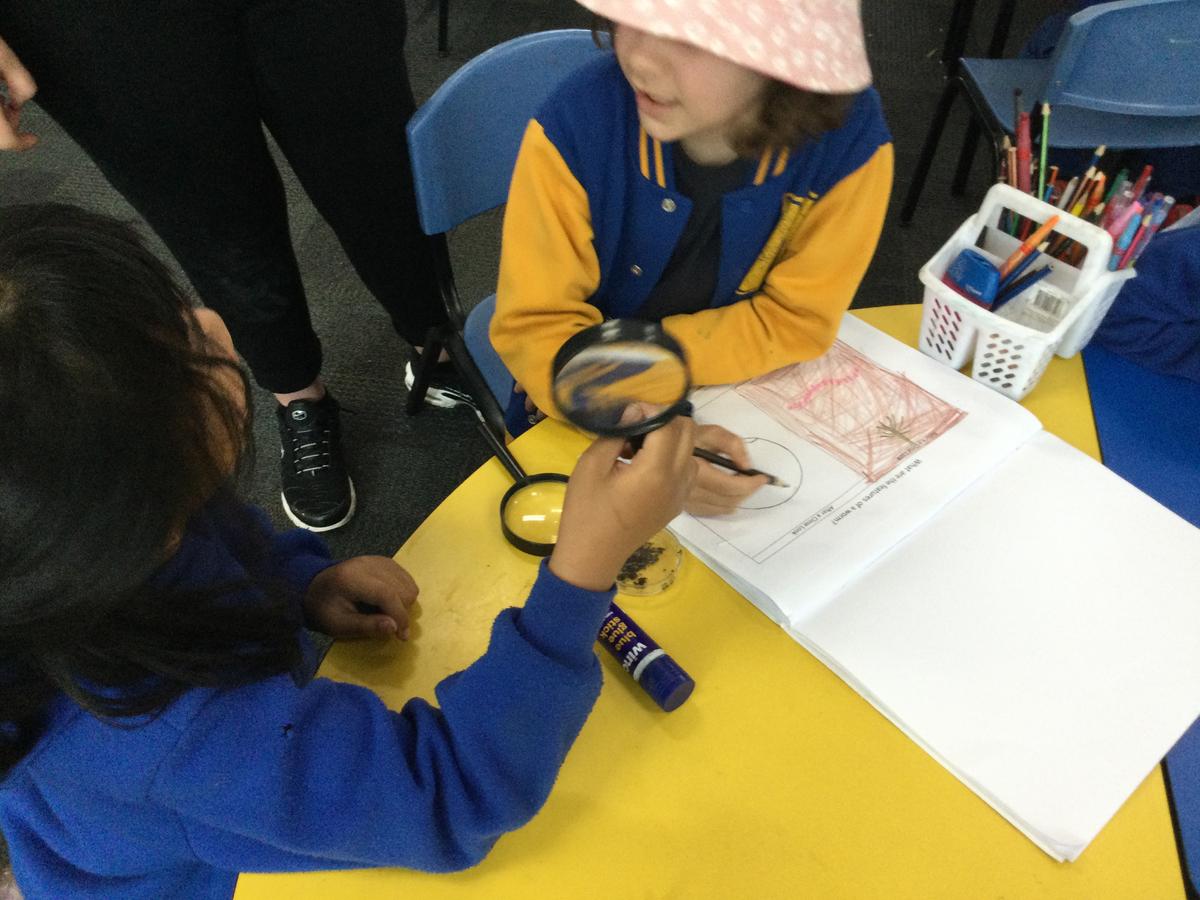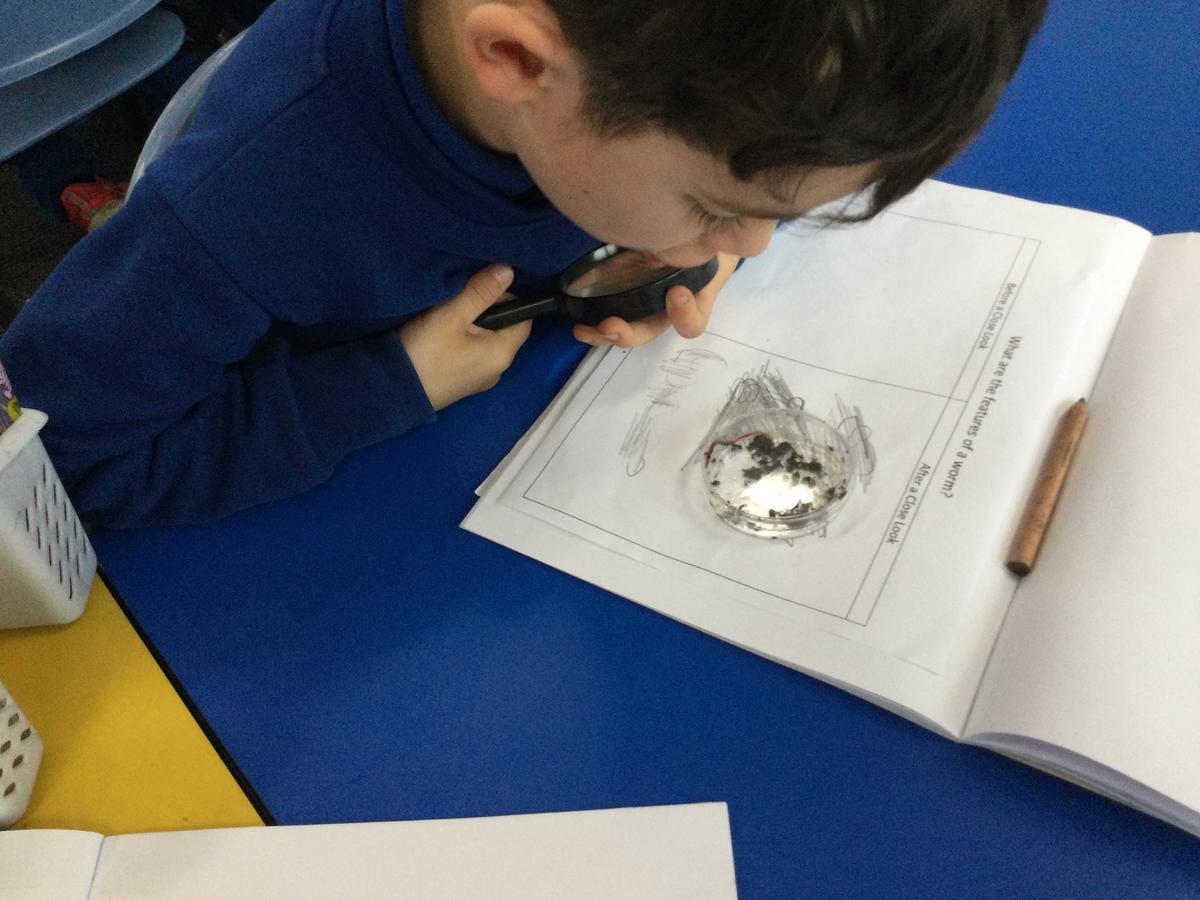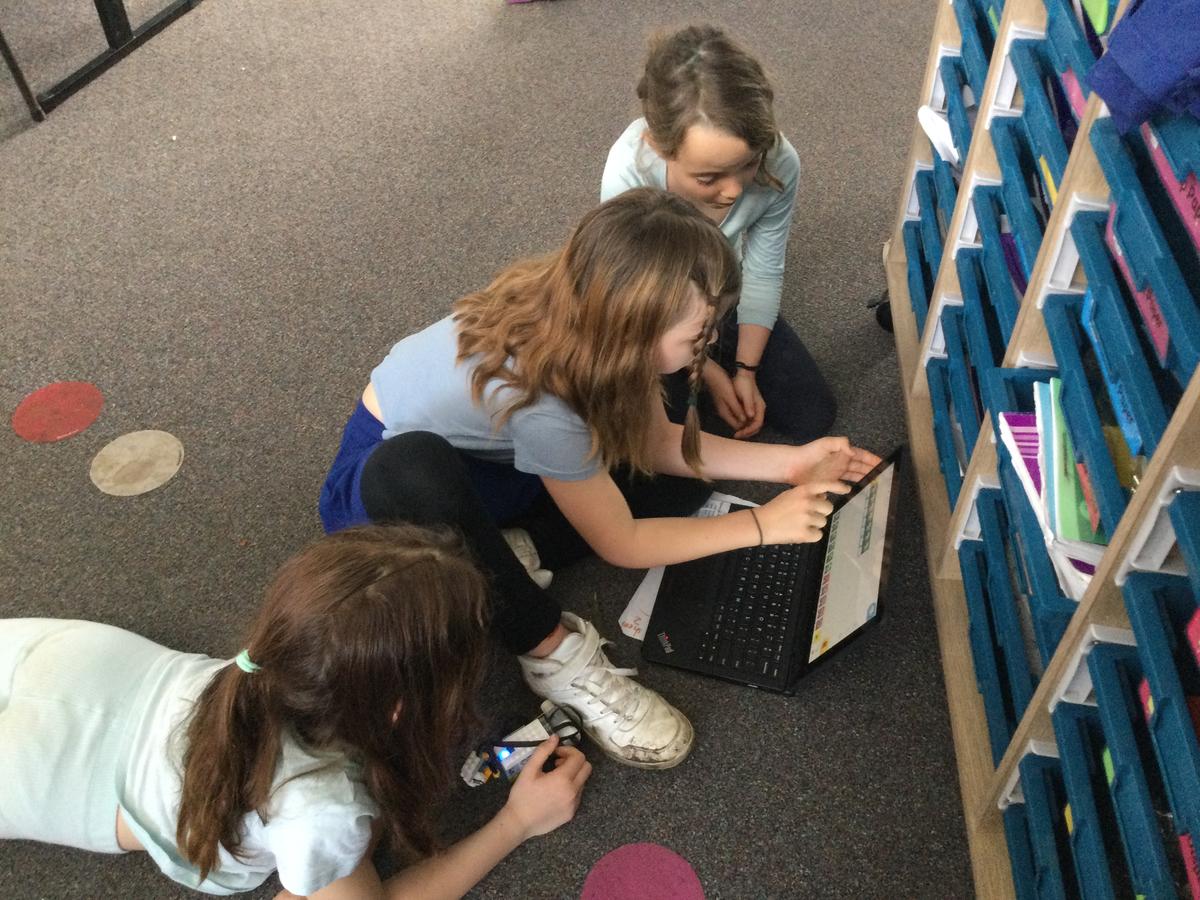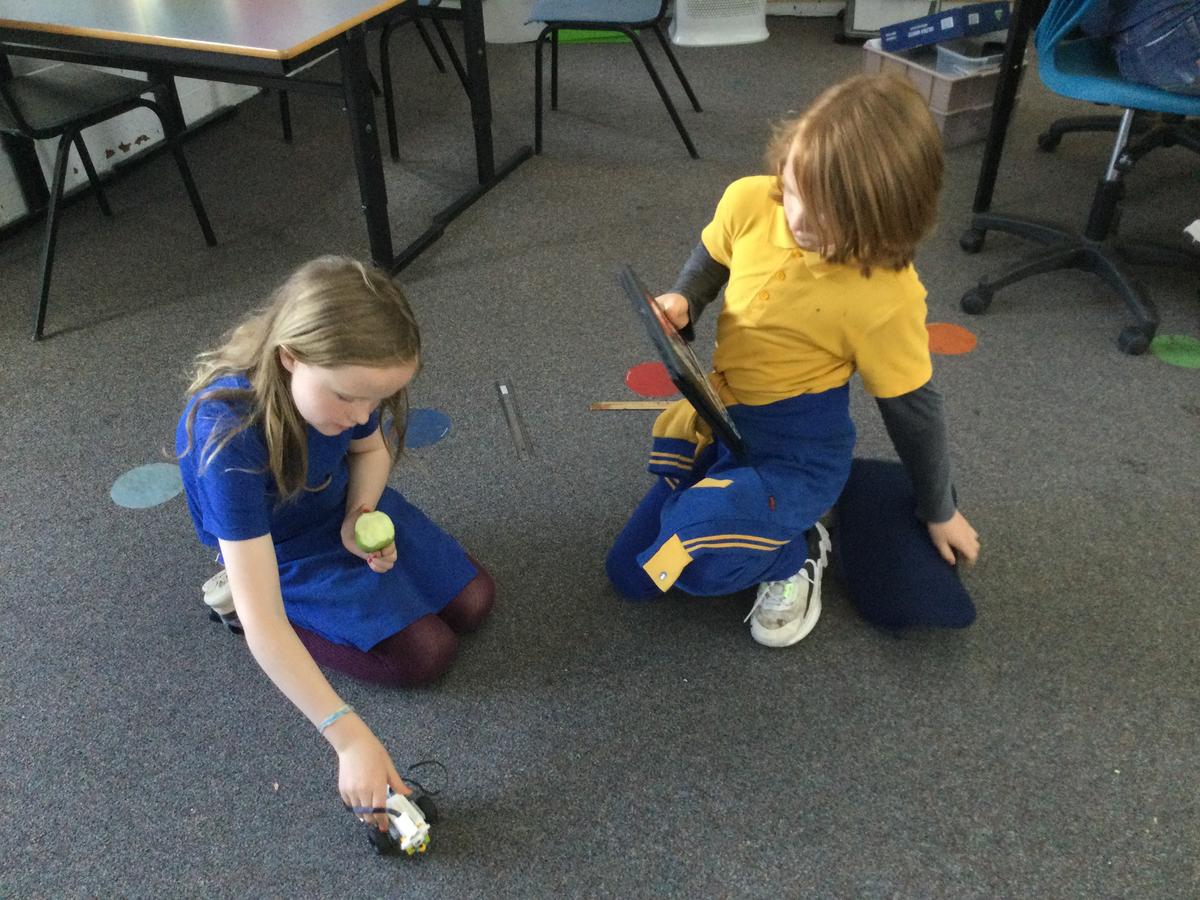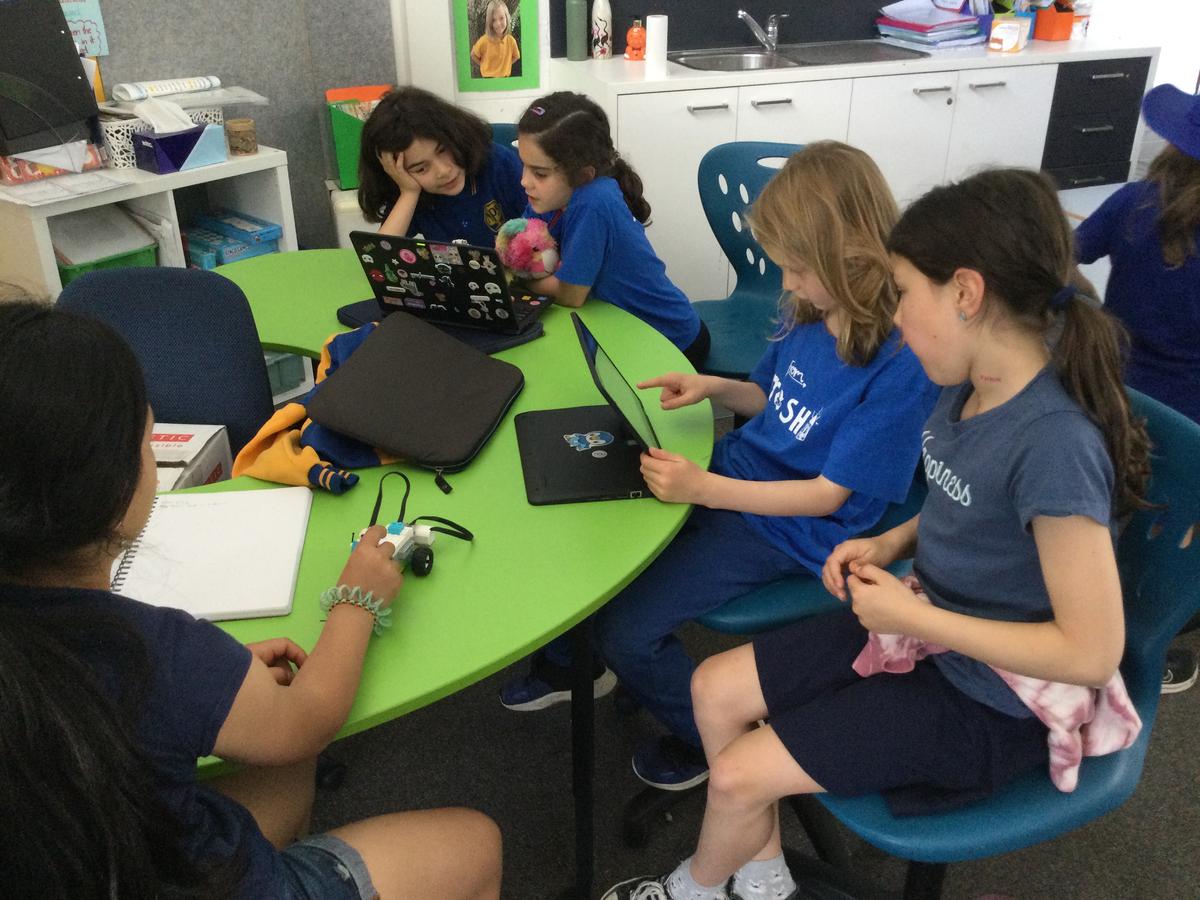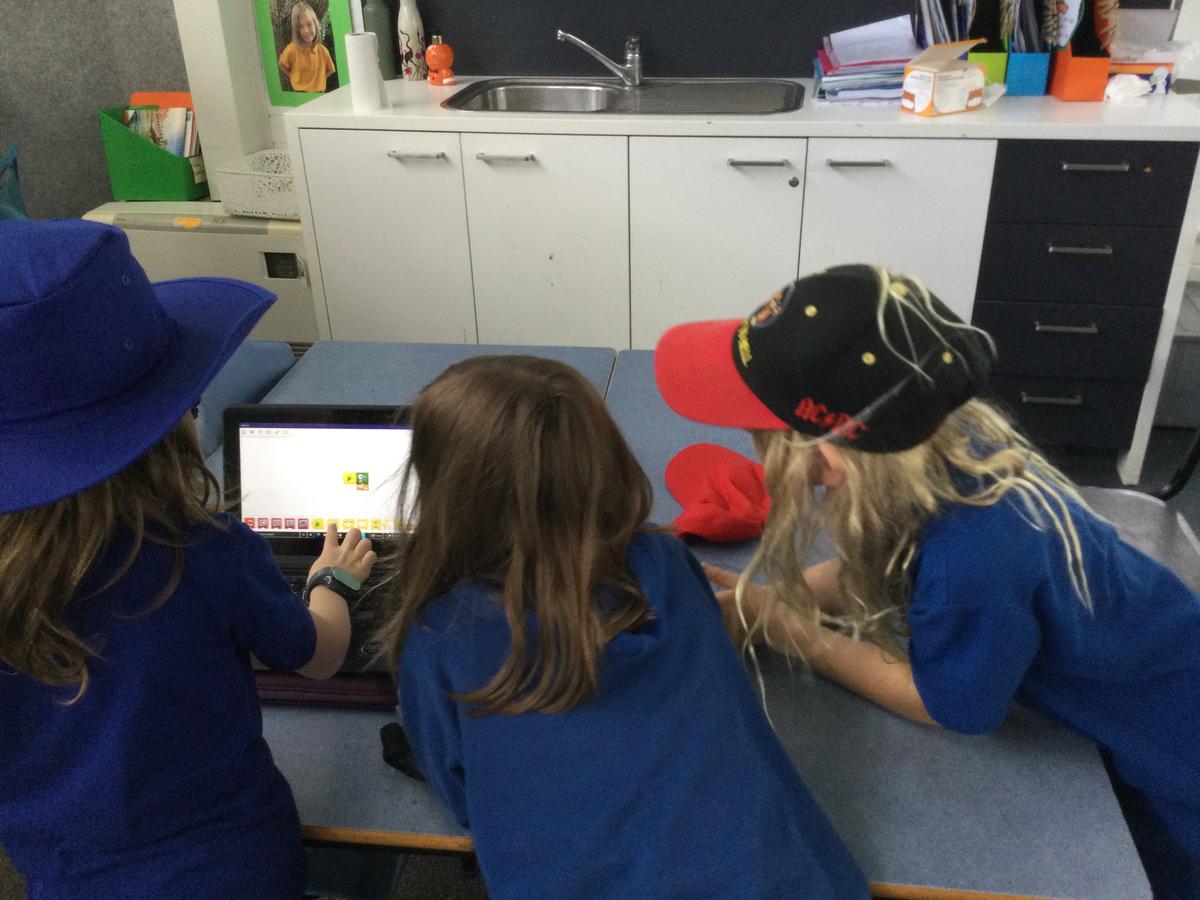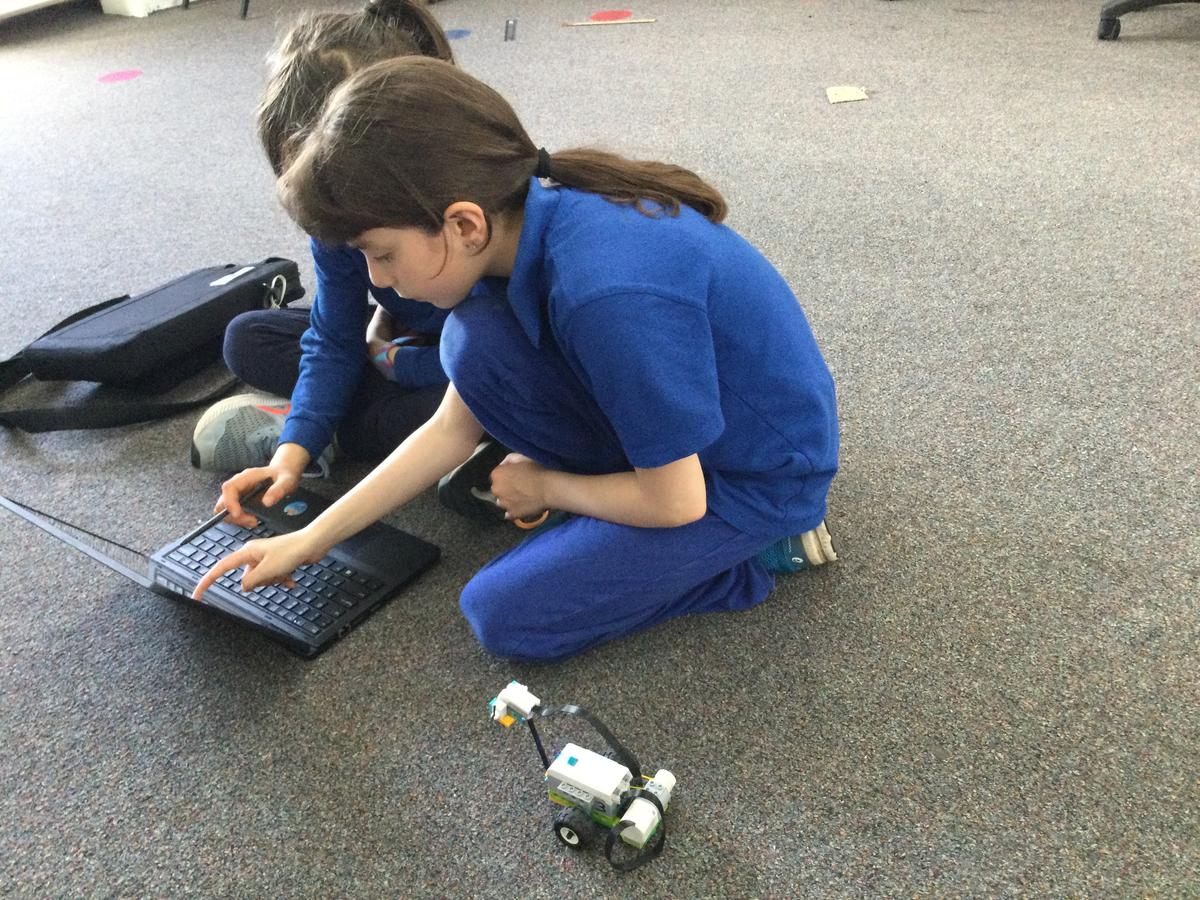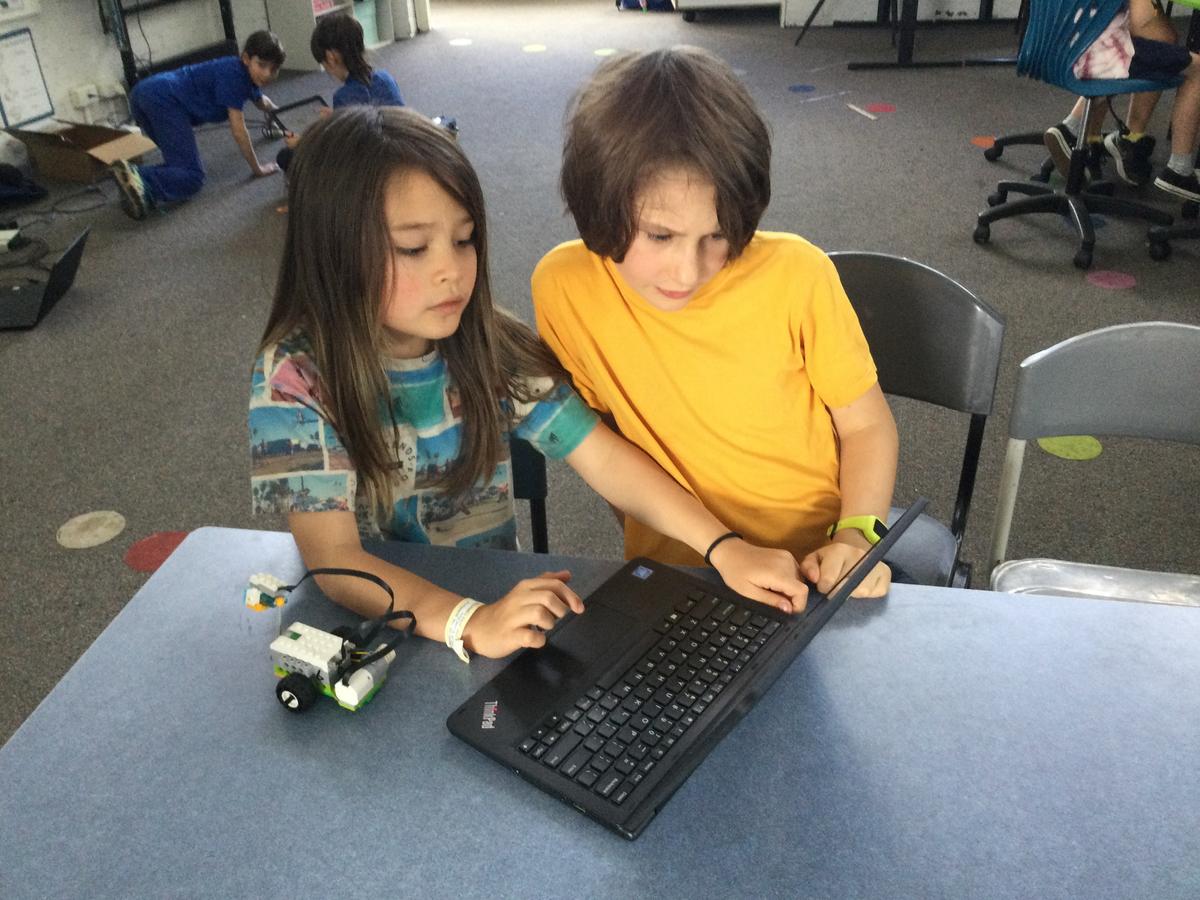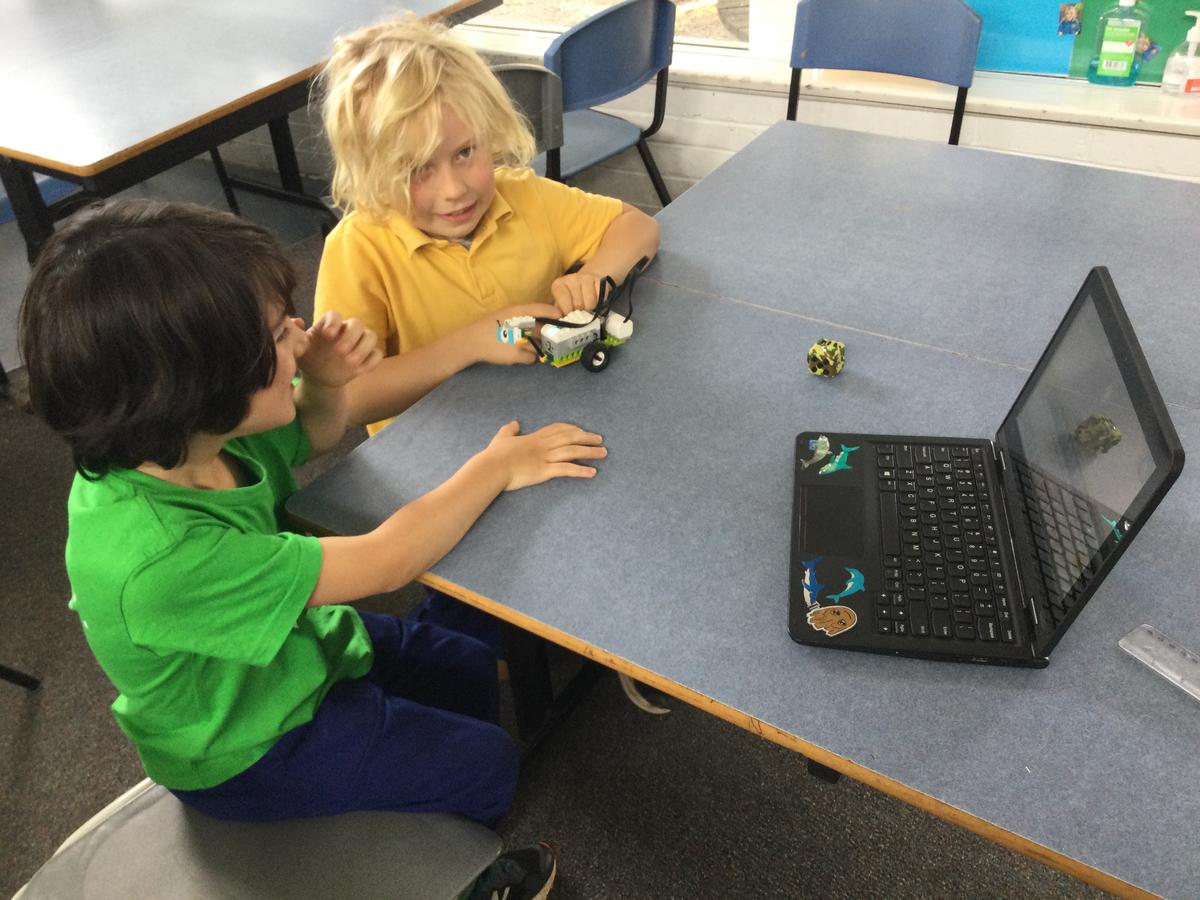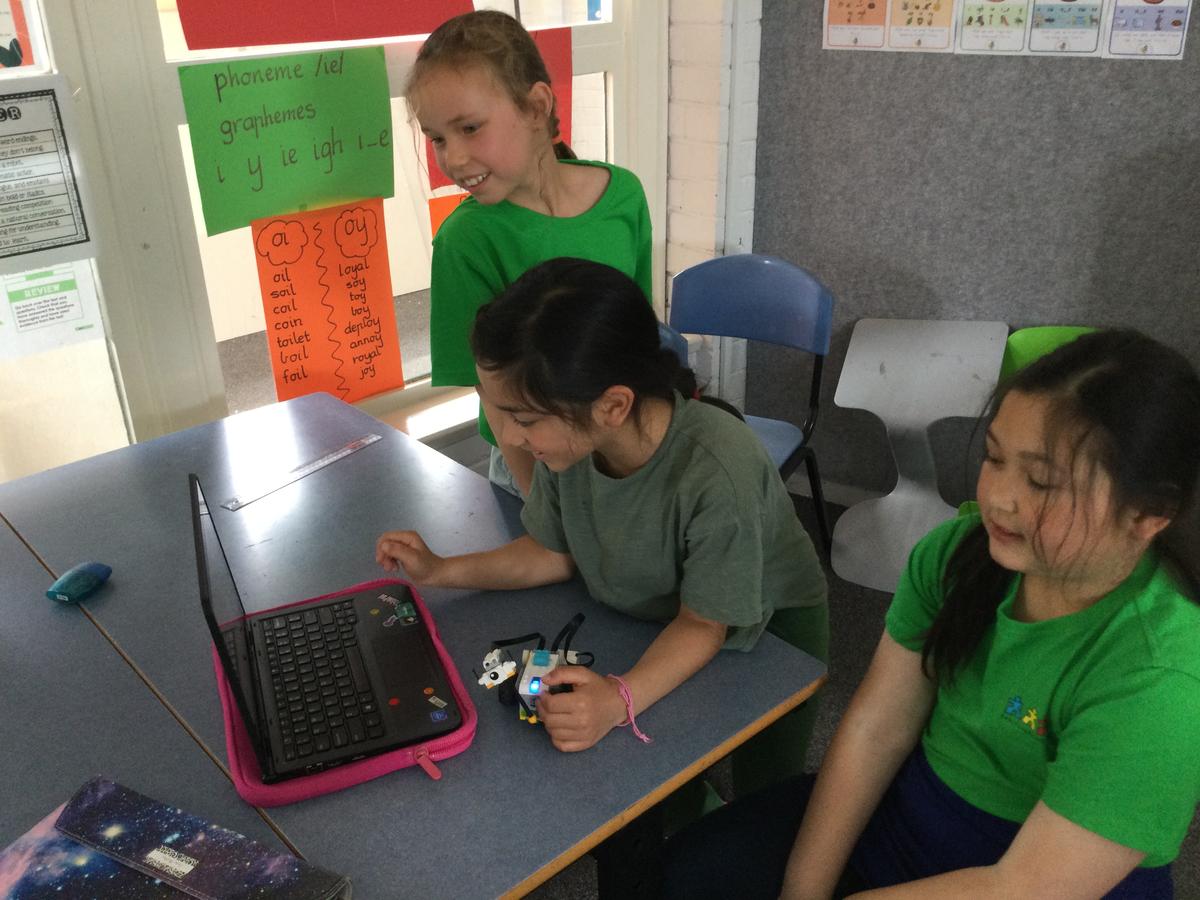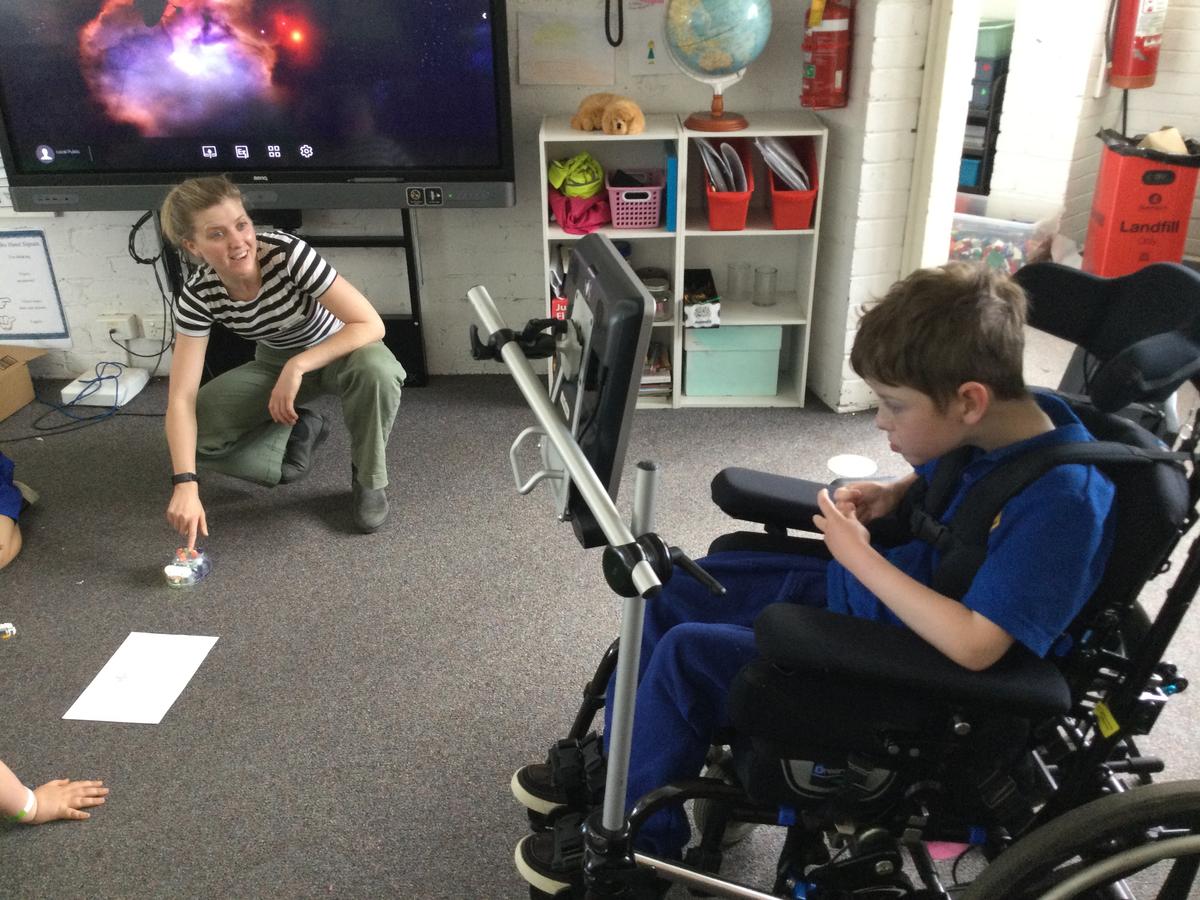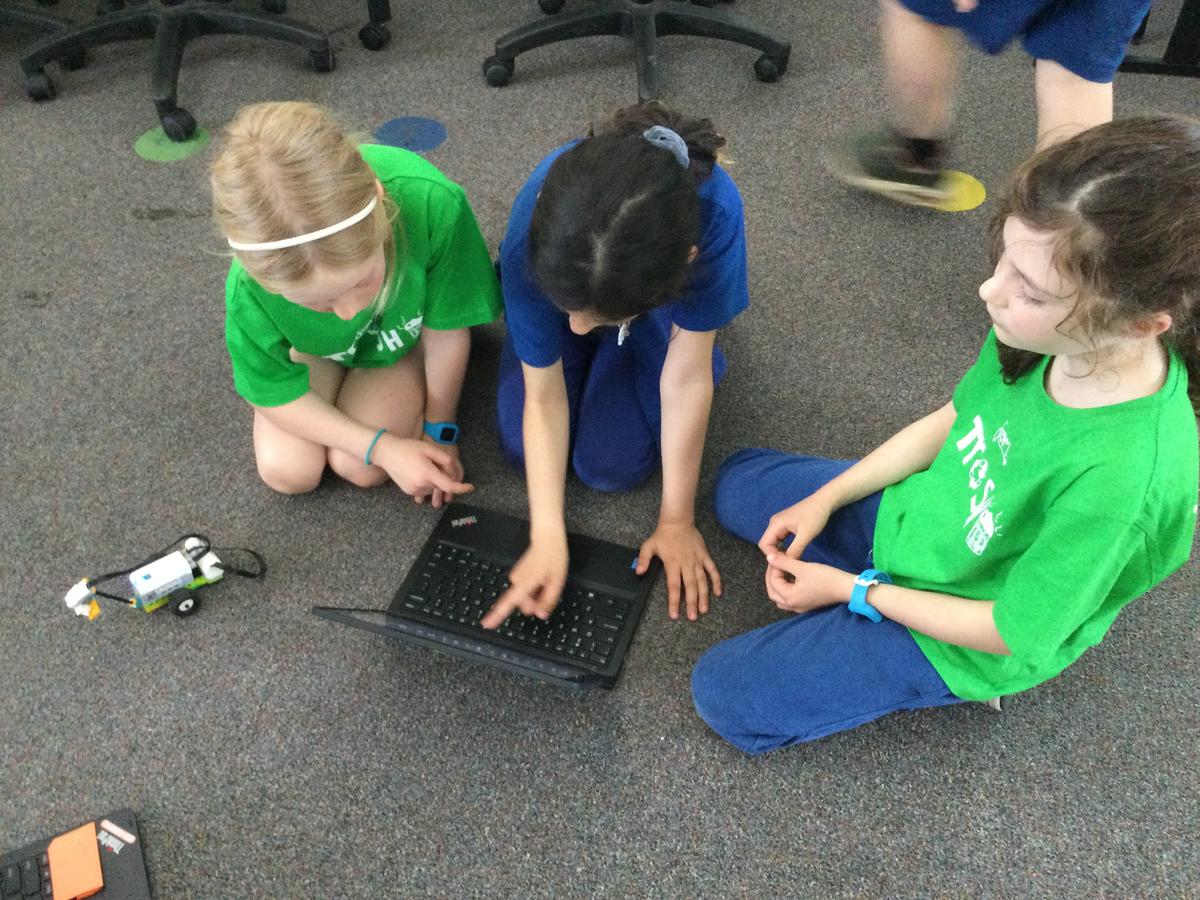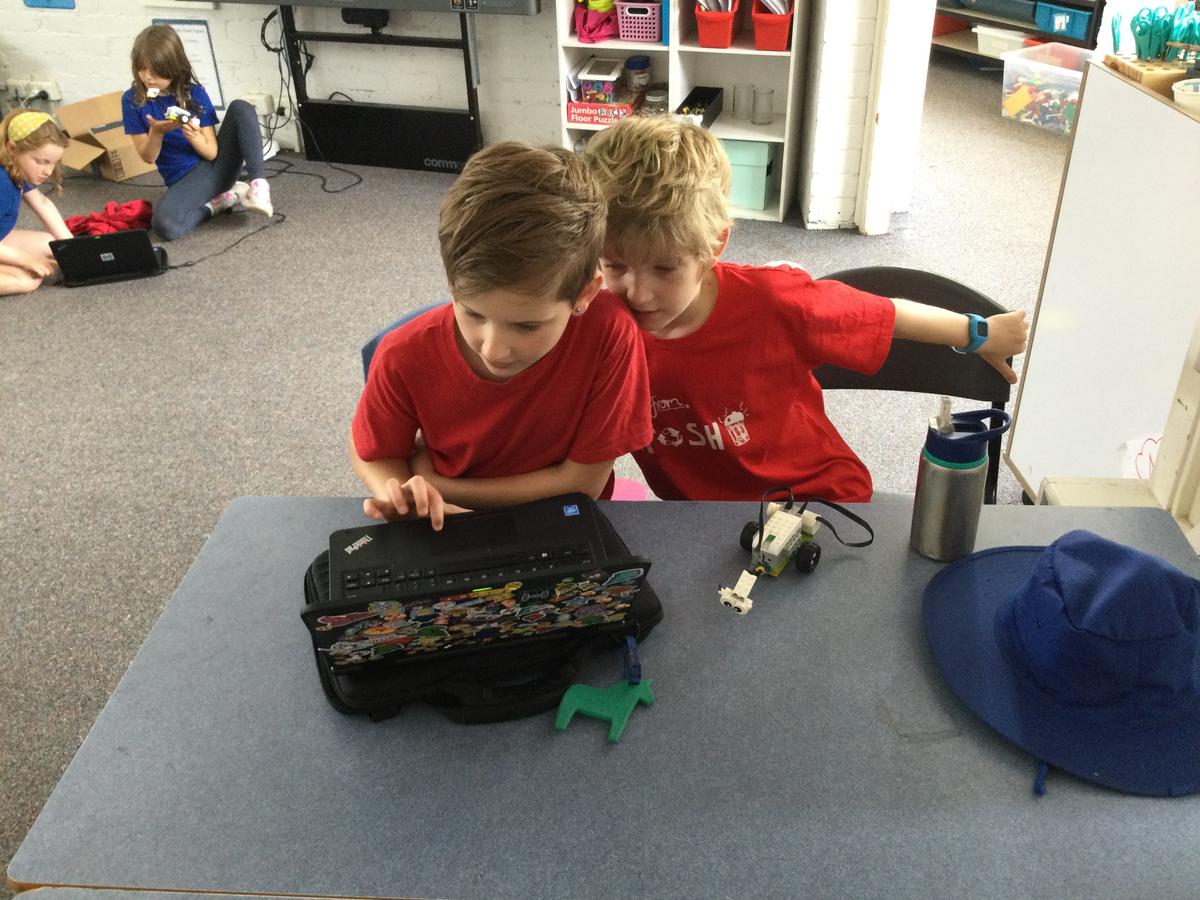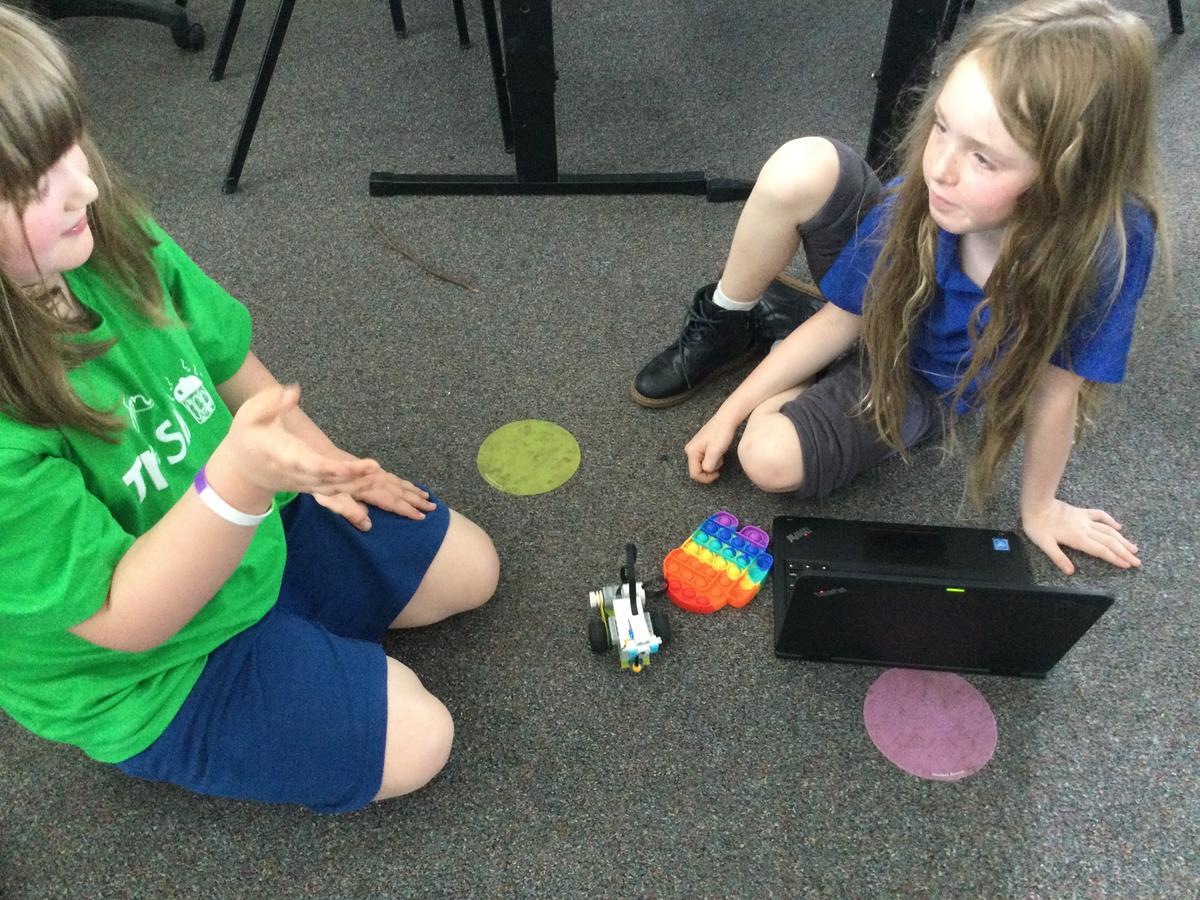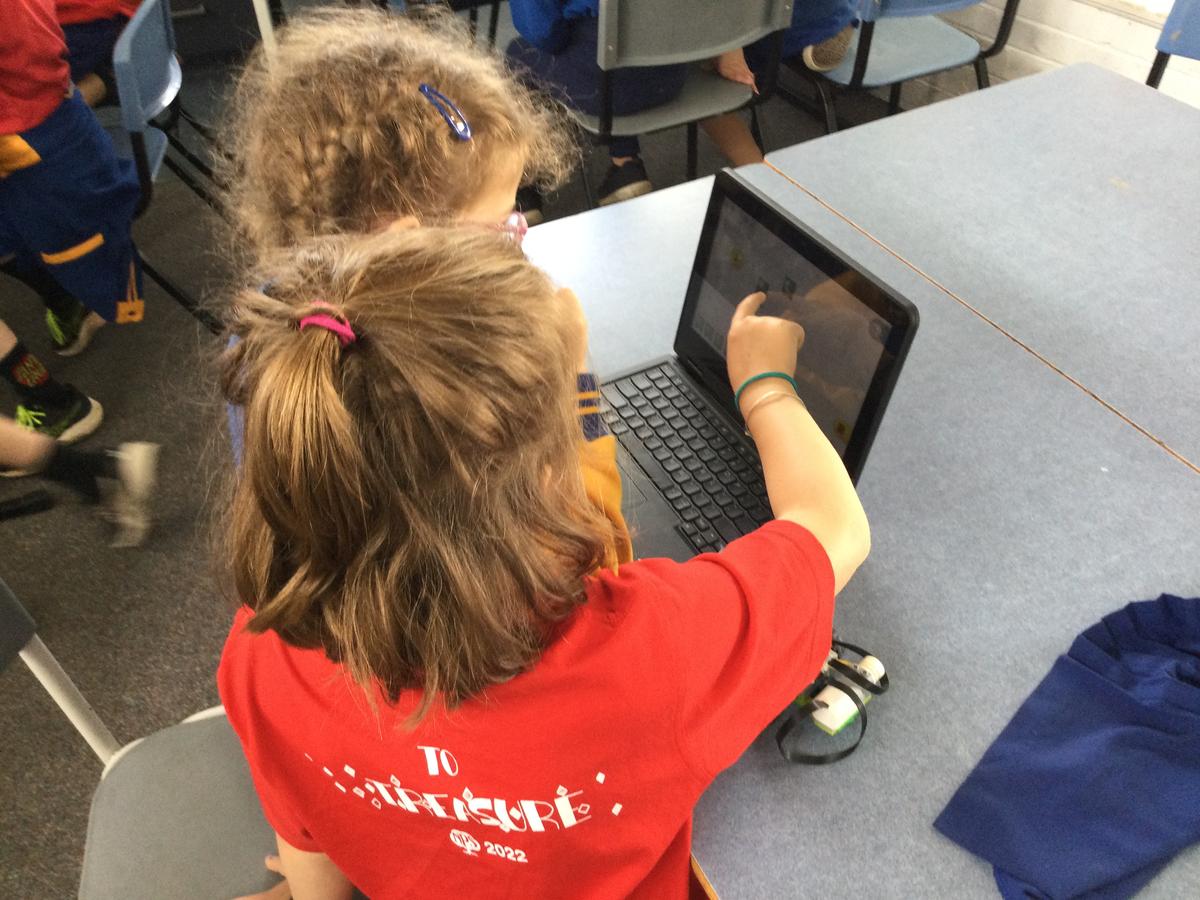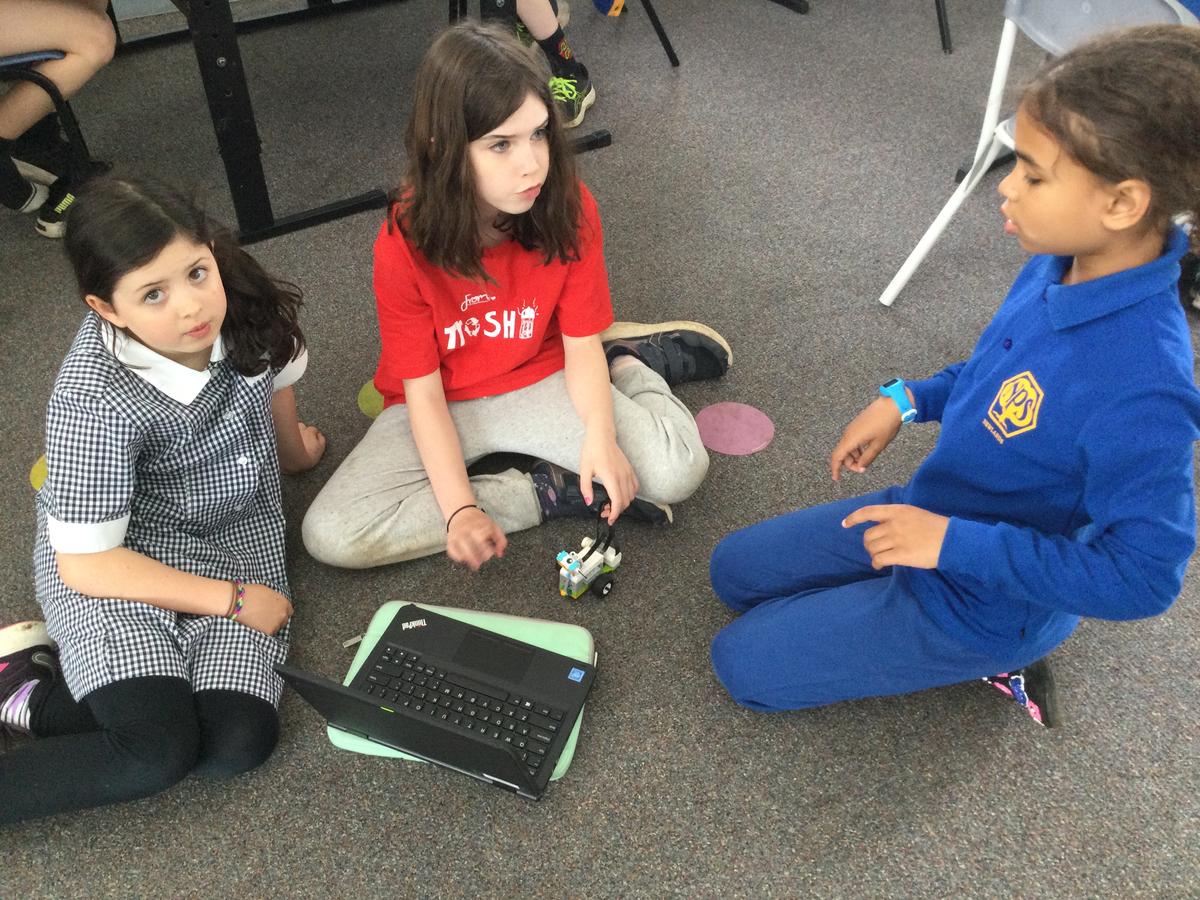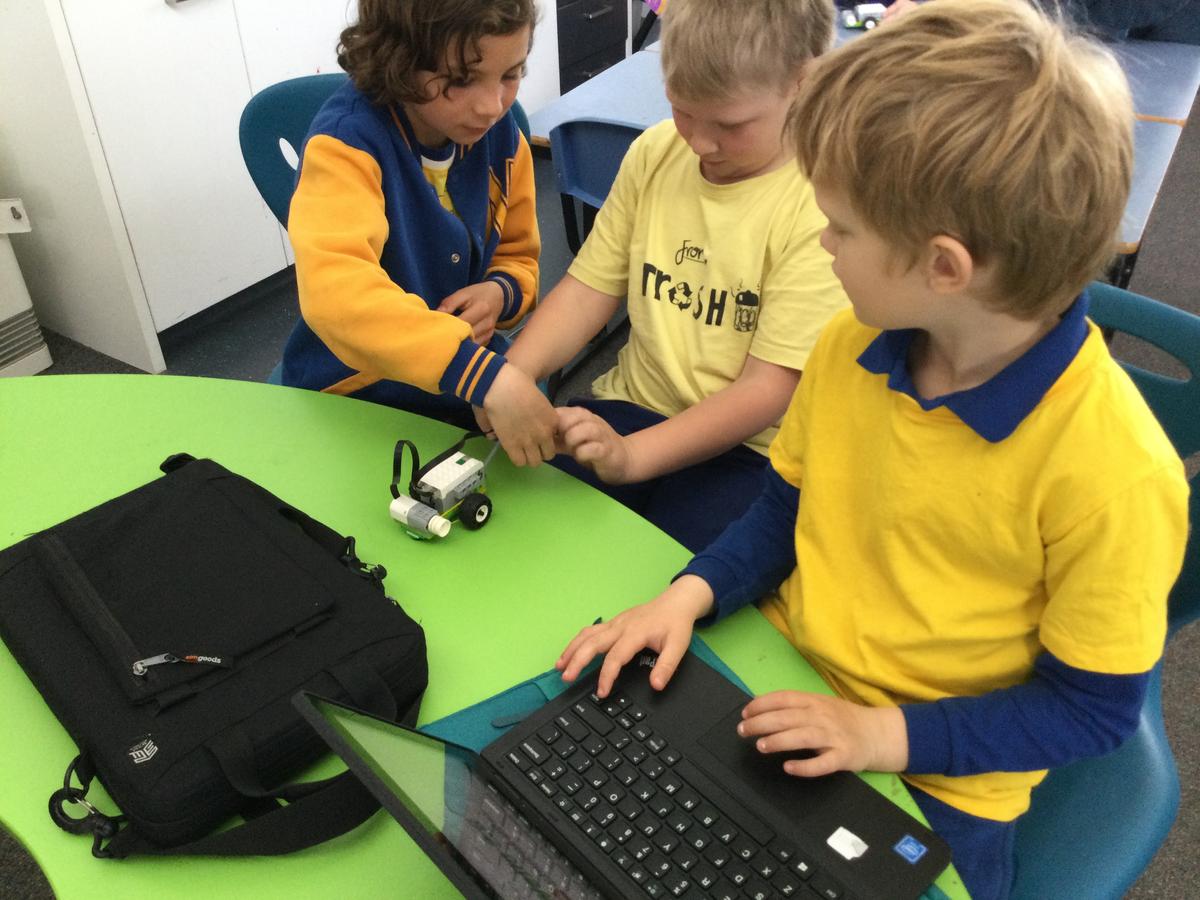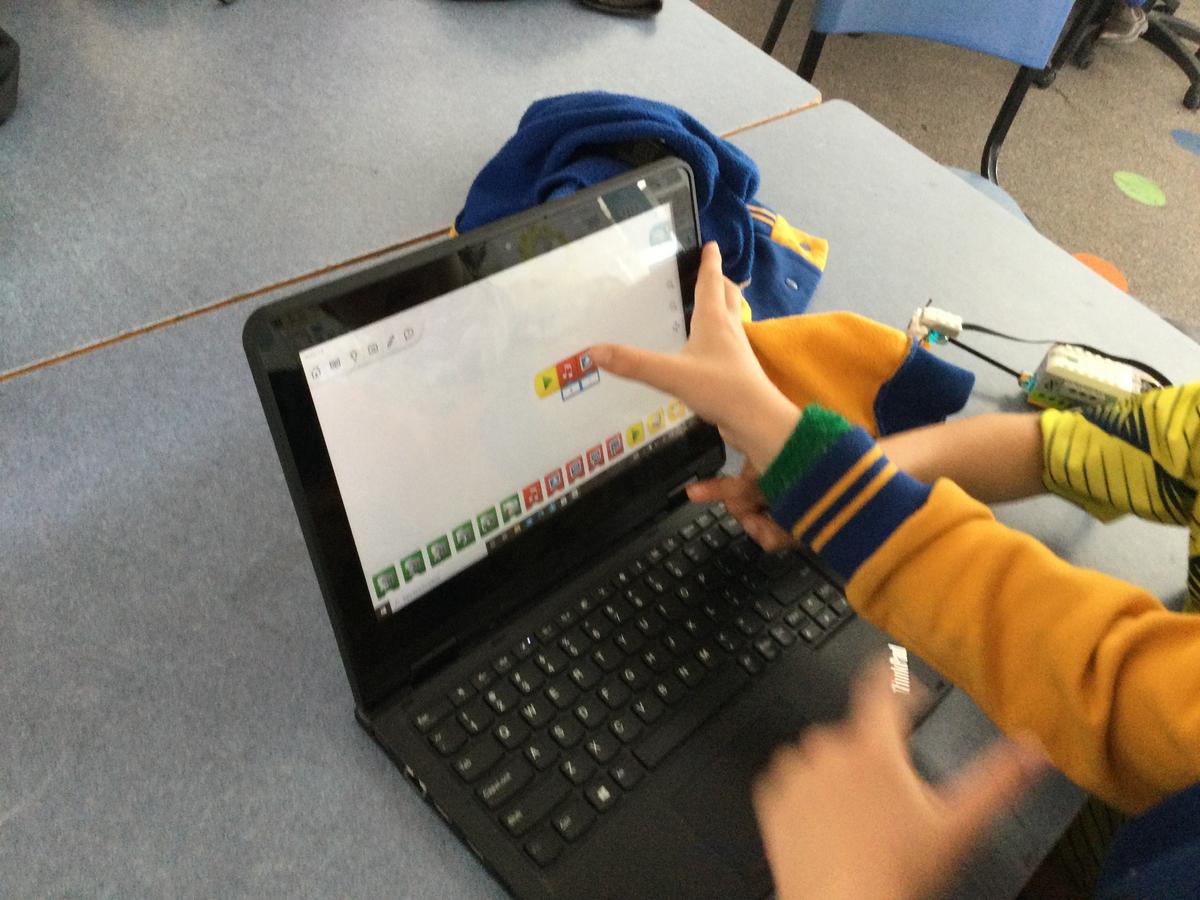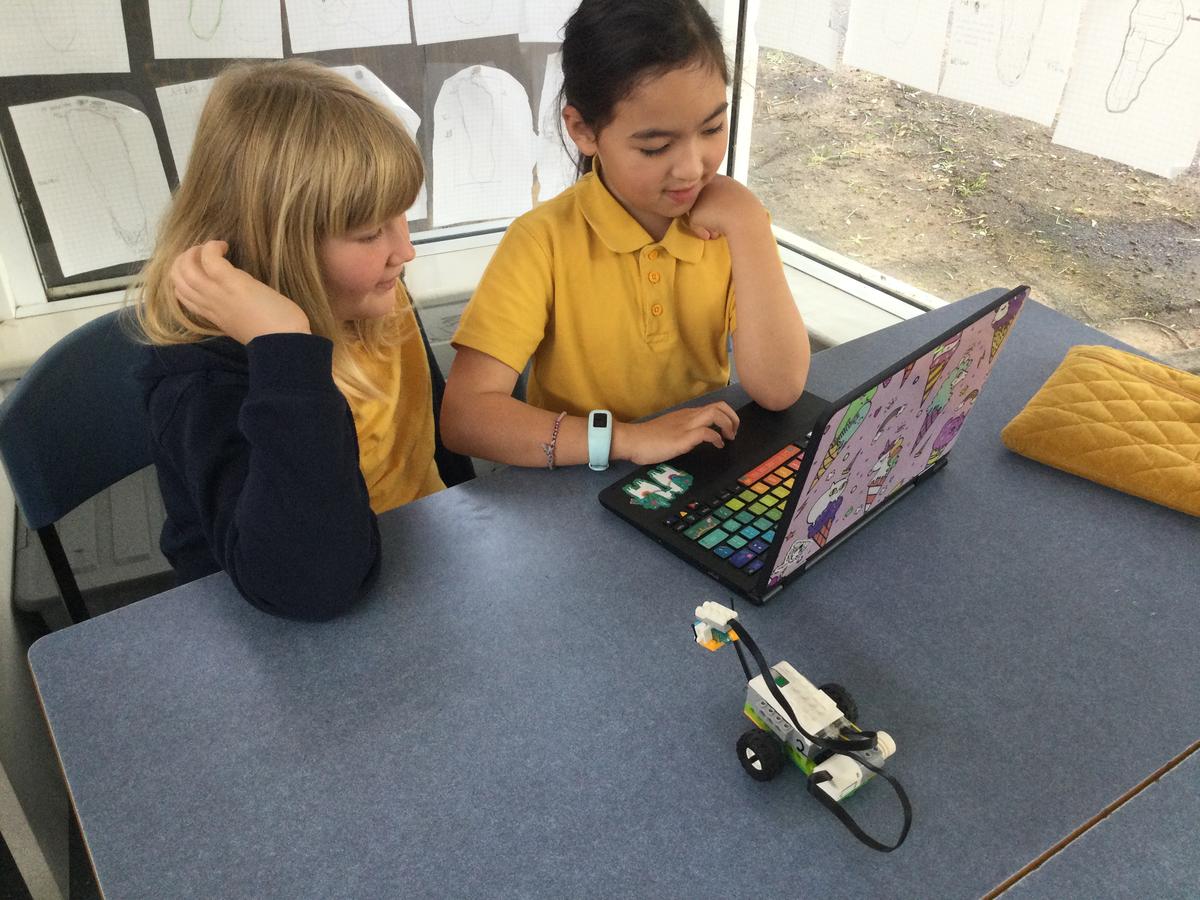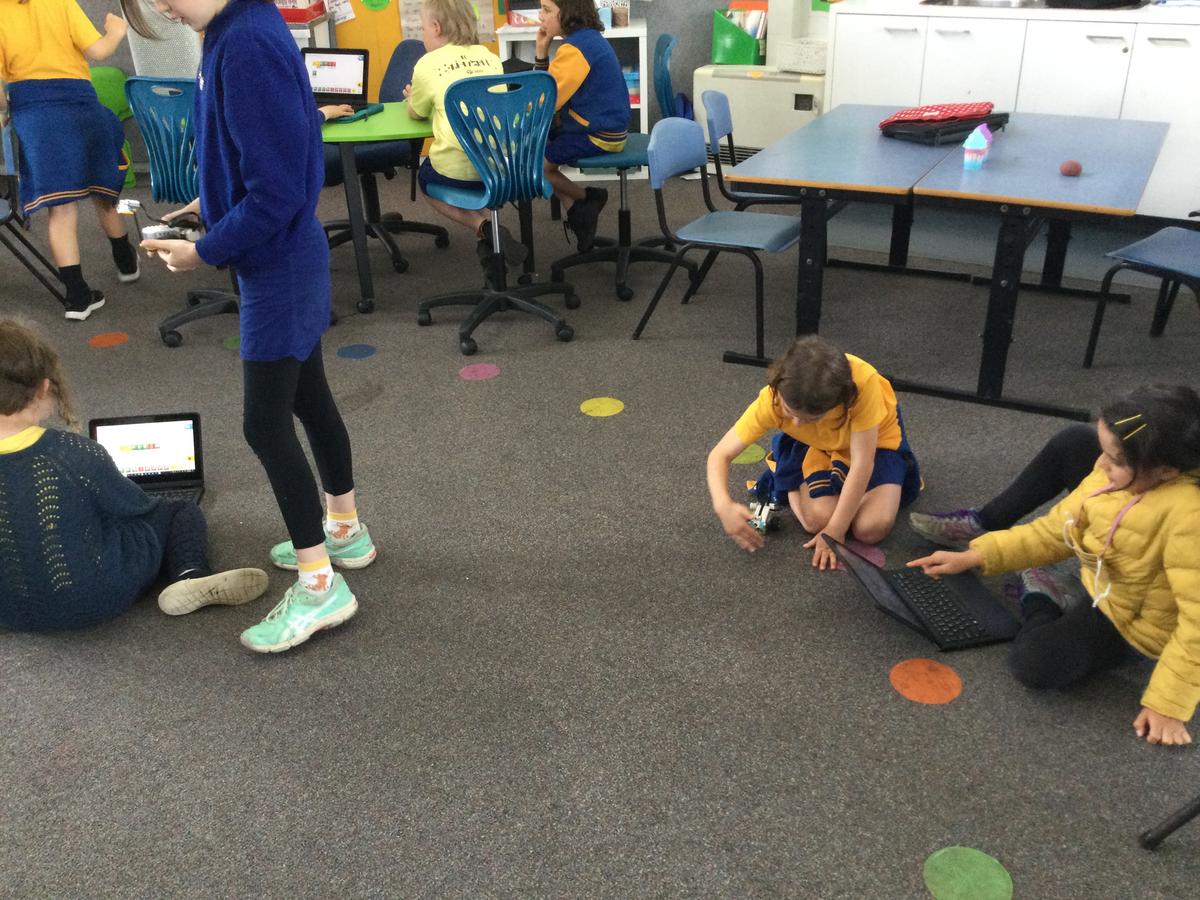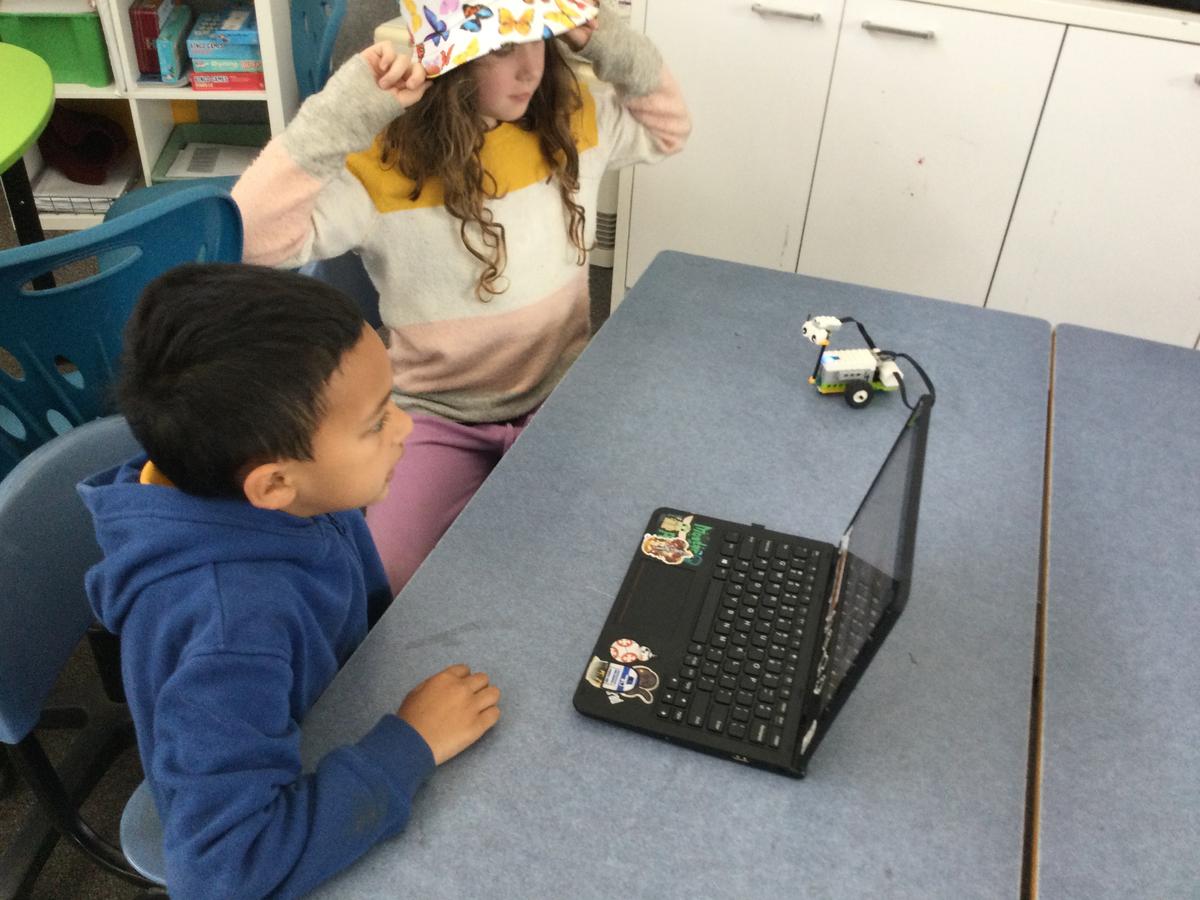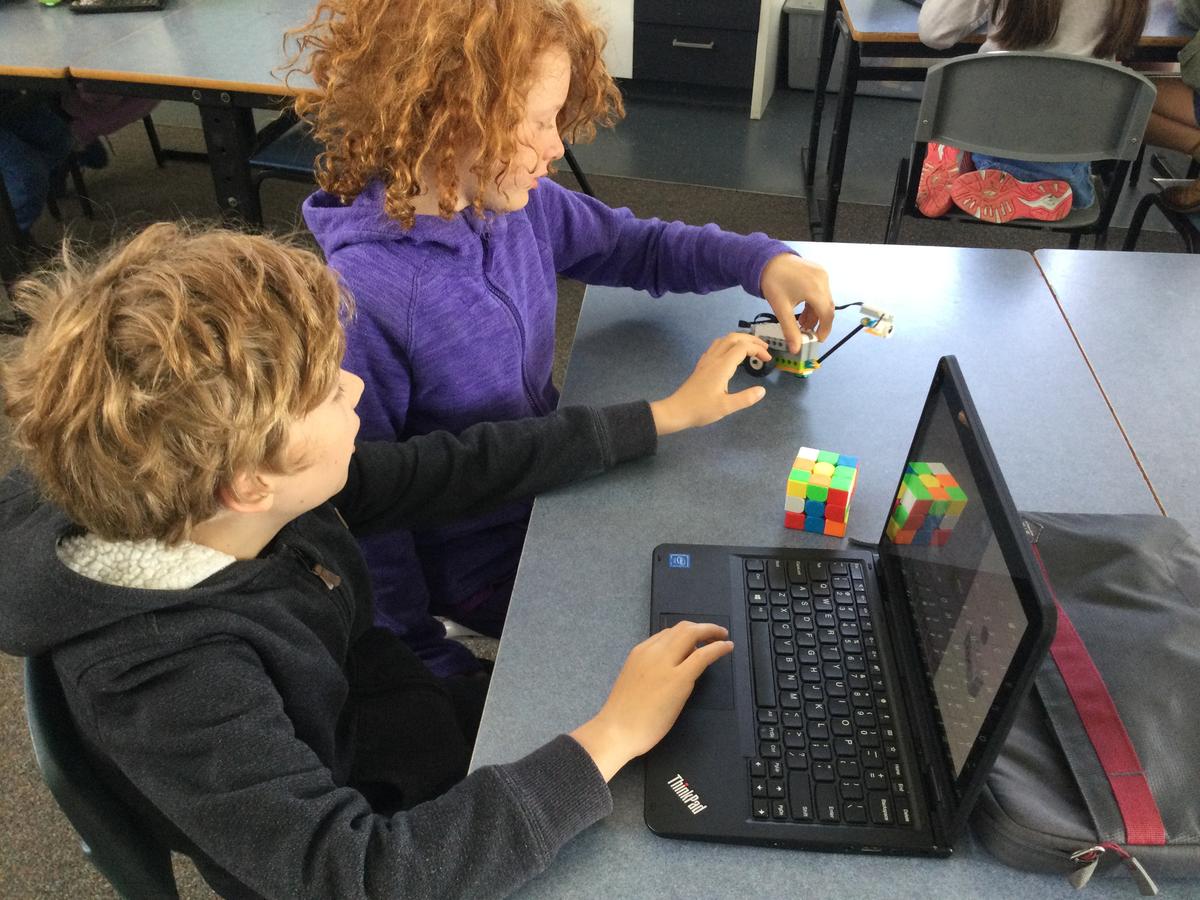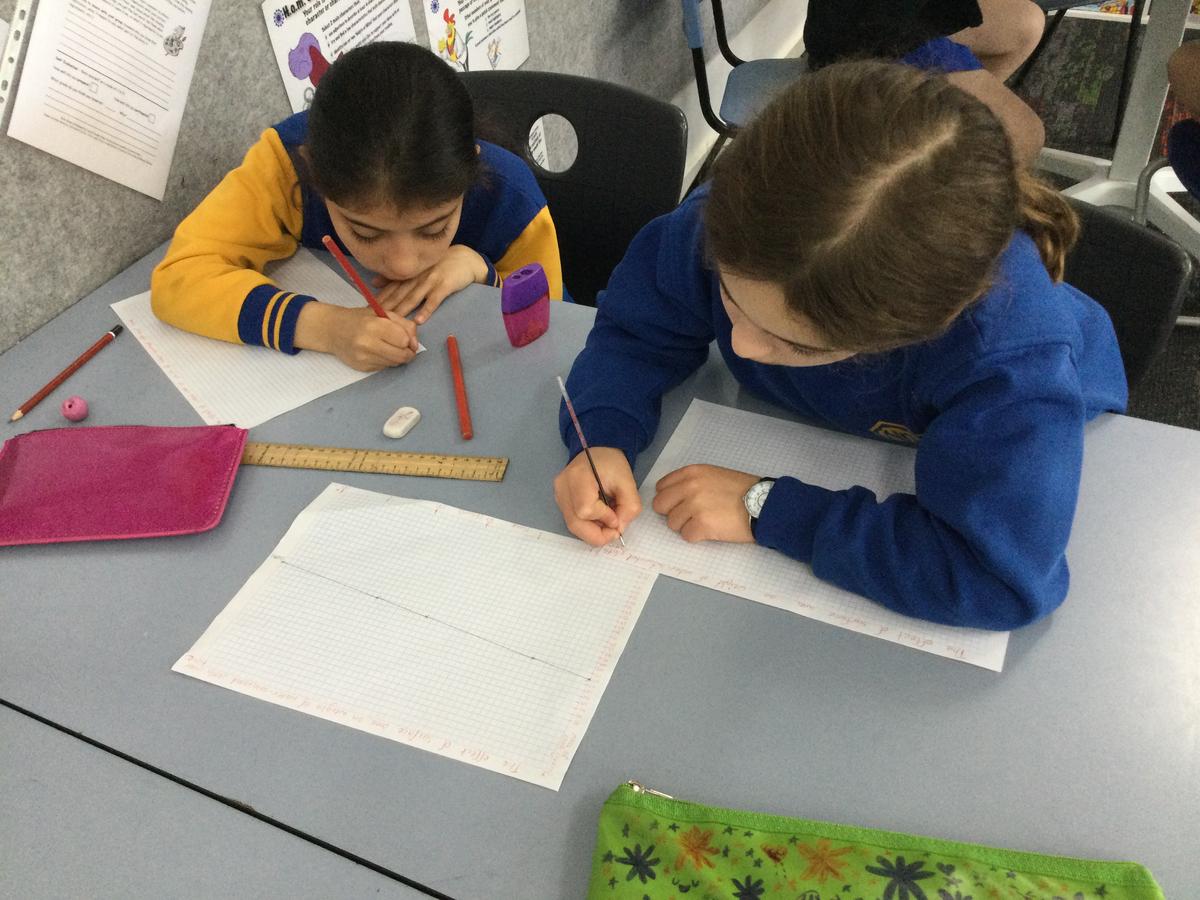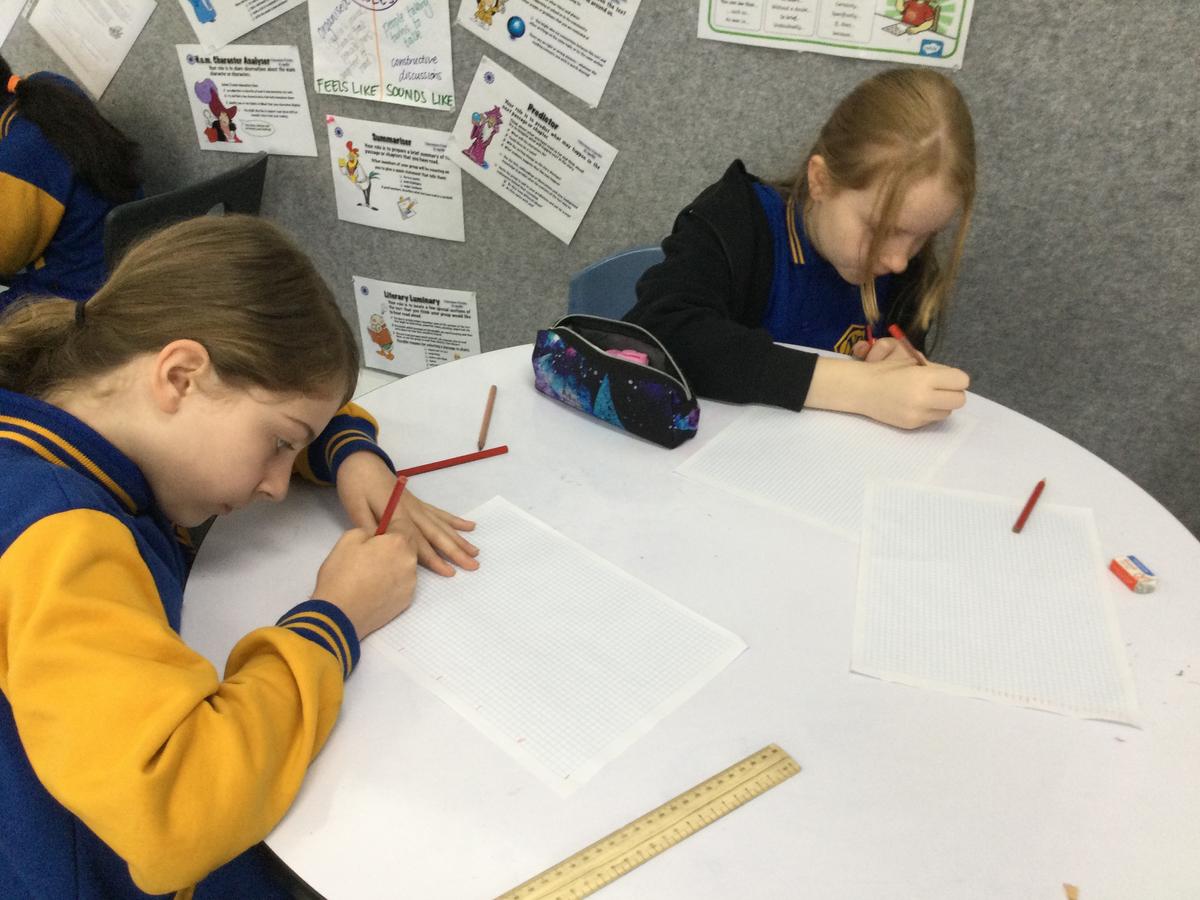STEAM
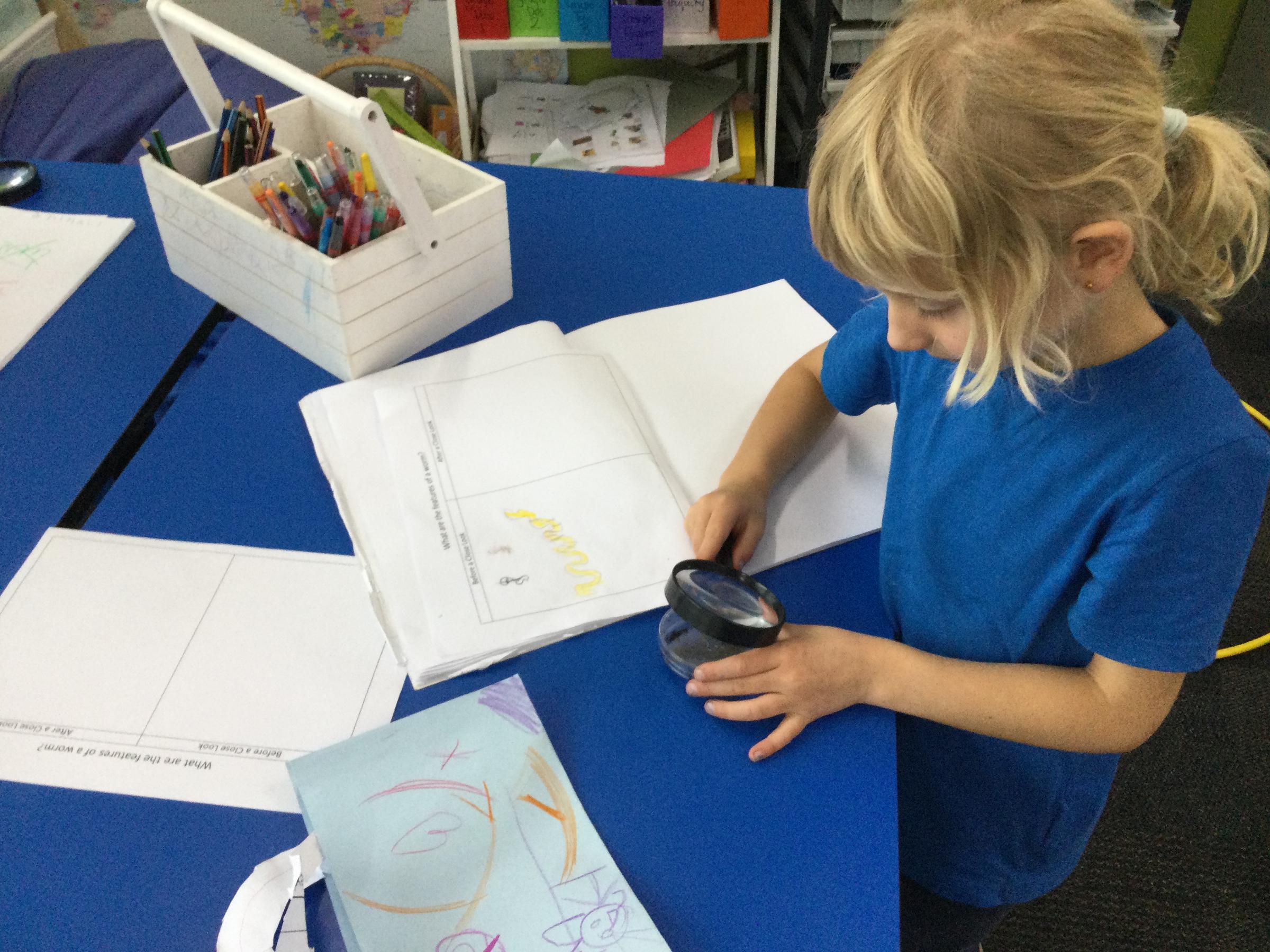
F/1
This term, we will focus on Biological Sciences with the F/1 students. We will look at different features of living things, particularly animals. Students will also identify the needs of animals, such as food, water and shelter. Students tuned their thinking into what animals are and their features through role-playing. They chose an animal, acted it out and focused on its features by describing its body parts.
Students were then went on a schoolyard safari to observe some of these animals in their natural habitat. They used magnifying glasses to observe different animals from a safe distance. We were surprised to see so many different animals in our school, including ladybug larvae, which was of great interest to many students.
We then focused our attention on the features of a specific animal – worms. Students drew the characteristics of a worm from memory before observing them again under a magnifying glass. They were again surprised that worms had more features than they had first thought.
Soon, we will be comparing these features to other animals. Students will also show what they have learned about animal needs during our digital technologies/coding project.
2/3
We began the term by putting the final touches on our props and costumes for our school's ‘From Trash to Treasure’ production. I’m sure you will all agree that the top hats, pirate hats, star T-shirts, gold chains and garage sale props all looked fantastic up on stage. Students worked very hard to complete their items in time to use on the night, and they should be proud of their achievements.
We have shifted our focus to digital technologies over the past few weeks. Using the Lego robots and the WeDo app, students have learned critical lessons about coding. They have made connections between the hardware and software and how information is transmitted via Bluetooth. Students have learned the commands within the block coding program and the importance of ordering these accordingly to get the desired outcome.
Soon, students will be exploring the concept of what makes something living and answering the question, ‘Is a robot alive?’
4/5/6
We began the term by putting the final touches on the animated backdrops for our school's ‘From Trash to Treasure’ production. I’m sure you will all agree that the backdrops looked terrific on the night and set the scene for the entire show. Students worked very hard to complete their animation in time to use on the night, and they should be proud of their achievements.
We have now shifted our focus to Biological Sciences. The students have been considering some of the harsh environmental conditions here in Australia and completing experiments to answer questions such as “How do plants and animals survive in the desert?”
In a guided experiment, students looked at how plants retain water in the desert through the adaptation of reduced leaf surface area. They folded two cloths of the same size, wet them and weighed them throughout the day to measure how much water evaporated from both cloths. By displaying the results in a line graph, students could see that the cloth with the smallest surface area retained more water throughout the day, helping to explain this adaptation in desert plants.
Students will continue to look at the adaptations of desert animals through more experiments. They will also research other adaptations that help living things survive in different environments. Students will get the chance to apply all their learning when they create creatures that have adapted to specific environments.

